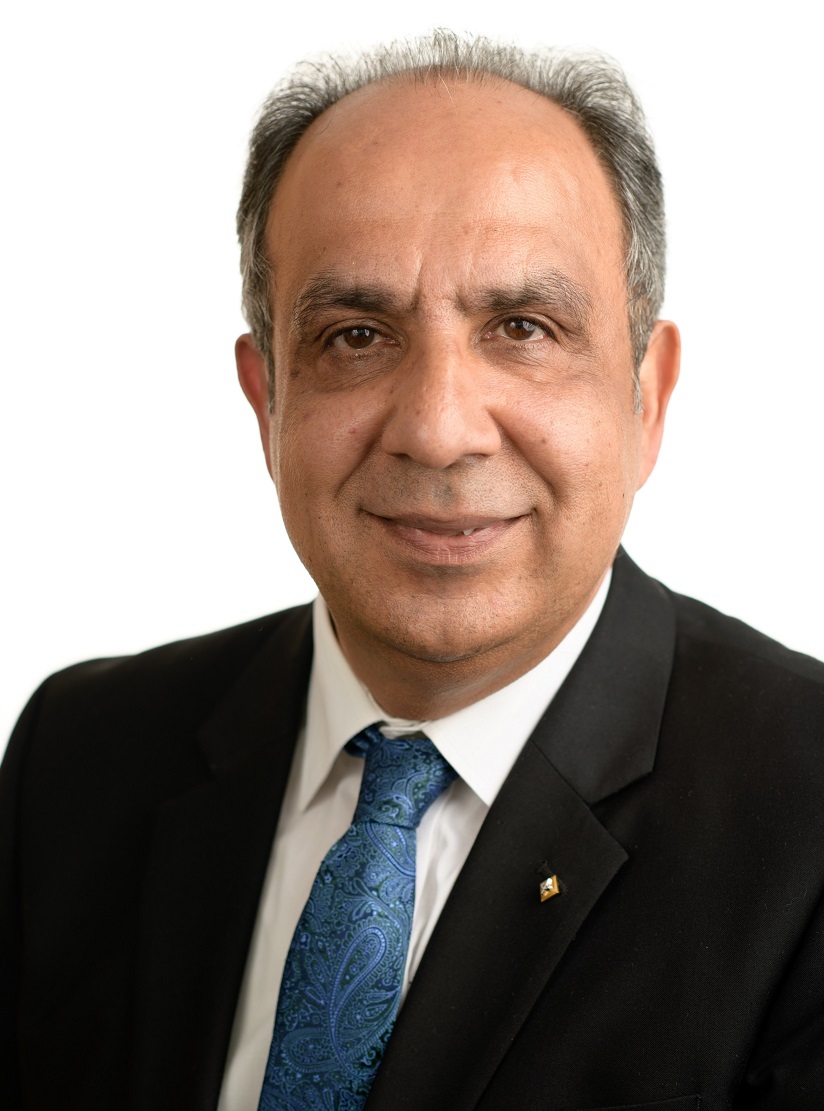
Prof. Abbas Jamalipour
Fellow IEEE, Fellow IEICE, Fellow IEA, Fellow AIIA
Professor of Ubiquitous Mobile Networking, The University of Sydney
Past President, IEEE Vehicular Technology Society
Editor-in-Chief, IEEE Transactions on Vehicular Technology
Biography: Abbas Jamalipour holds a PhD in Electrical Engineering from Nagoya University and currently he is the Professor of Ubiquitous Mobile Networking at the University of Sydney and the Editor-in-Chief of the IEEE Transactions on Vehicular Technology. He has been the President of the IEEE Vehicular Technology Society, Vice-President Conferences of the IEEE Communications Society, a member of several IEEE Technical Activities Board committees. He is a Fellow of the Institute of Electrical and Electronics Engineers (IEEE), the Institute of Electrical, Information, and Communication Engineers (IEICE), the Institution of Engineers Australia, and the International Artificial Intelligence Industry Alliance (AIIA). He has authored nine technical books, eleven book chapters, over 550 technical papers, and five patents in wireless communications. He has received a number of prestigious technical awards as well as over 15 Best Paper Awards.
Talk Title:
Unmanned Aerial Vehicles Target Tracking and Video Surveillance
Talk Abstract (100-200 words):
With eminent maneuverability, quick deployment, and expansive coverage, unmanned aerial vehicles (UAVs) have been increasingly employed for ground surveillance, disaster rescue, bushfire monitoring, and mobile relaying, among other applications. Equipped with optical cameras, UAVs are increasingly utilized to visually tail and monitor fixed and moving targets. A UAV monitor can record the targets’ misbehaviors and provide evidence for forensics purposes, facilitating the visual-based surveillance for many Internet-of-Things (IoT) and security applications. The trajectory of a UAV monitor needs to be carefully planned by considering not only the power usage models of the propulsion, thrust, and hanging of the UAV, but the energy harvesting process as well. In this talk, a new scheme for the online control of video-based UAV-on-UAV target tracking is presented. The monitoring UAV keeps the target inside its view, while staying away from the target to avoid raising the attention of the target. Deep reinforcement learning (DRL) is employed to train the trajectory of the monitor online.





















